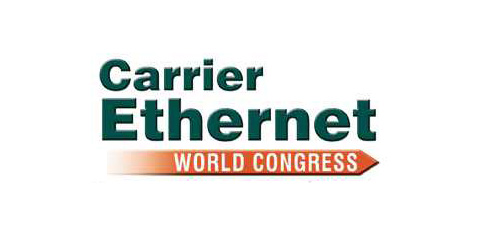|

article page | 1 | 2 |
A third approach is beginning to capture the imagination of COOs and CIOs around the globe. It is rooted in the movement toward Service Oriented Architecture (SOA) and relies on the use of data models which act like common business vocabularies to ensure that systems do not have to tightly connect to one another. These kinds of models eliminate the need for everyone to agree on everything.
In the telecommunications world, this model is called the Shared Information/Data Model (SID) developed under the aegis of the TeleManagement Forum. The SID promises integration and agility at the enterprise level and works naturally with SOA.
|
|
"The difficulty with the SID has been its daunting, but necessary, comprehensiveness which can frustrate implementers... "
|
|

testing and applying a new set of tools that can make models like the SID more usable and useful. These tools allow the SID to be viewed from multiple perspectives allowing developers to create more task-appropriateviews without introducing new, incompatible data definitions. Rather than focusing on the actual data connections, this emerging set of tools creates a neutral modeling environment and focuses on connecting data models. Connecting systems via modeling metadata reduces the time and cost of initial system integration and greatly facilitates future changes.
|
|
|
| |

More than half ( 58.5%) of ninety telecommunication companies surveyed during a TMF- sponsored webinar are undertaking pilot projects or have major SOA projects underway as 2006 began. 47.7 % of the same companies are running pilot projects or mounting major SID projects.
By creating common vocabulary about and common relationships between the data, the SID acts like middleware and becomes the integration interface between multiple internal systems.
The difficulty with the SID has been its daunting, but necessary, comprehensiveness which can frustrate implementers whose daily tasks are typically more narrowly focused.
The latest thinking on the SID and standards-based approaches to integration is devoted to
|
| |
|
|

Using standards-based integration tools like the SID (for internal enterprise integration) and Multiple Technology Operating Systems Interface (MTOSI) (for connecting different systems within the network layer with another), promises to ultimately reduce the number and complexity of systems, provide faster, better data management and reduce the time and costs associated with OSS/BSS integration.
More and more telecommunications companies are considering a SID-based approach because it decreases the time-to-value, mitigates risk and provides an easy way to enforce data and semantic consistency across the enterprise. If you are not looking at these emerging tool sets, you may find yourself at a competitive disadvantage.
article page | 1 | 2 |
|
|
|
|




